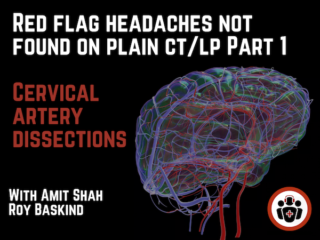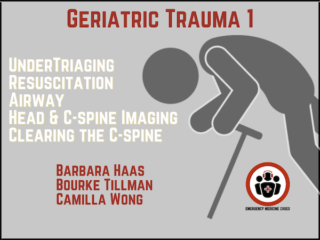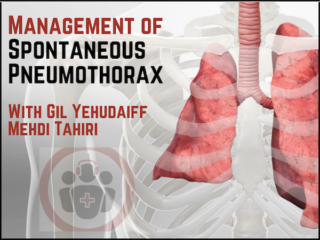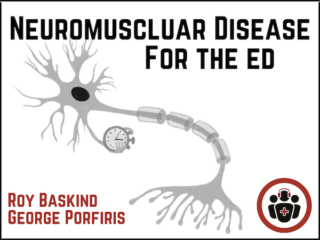EM Cases Main Episodes are round table in-depth discussions with 2 or more EM Cases guest experts, inherently peer reviewed, and edited for a podcast.
Ep 162 Managing Adversity with Walter Himmel
I asked Dr. Walter Himmel to give a talk at EM Cases Summit 2021 on what he has learned in 40 years of practice. Herein lies his profoundly thoughtful answer, that is especially relevant during the COVID pandemic - a special edition EM Cases video podcast of his live presentation at The Summit...










